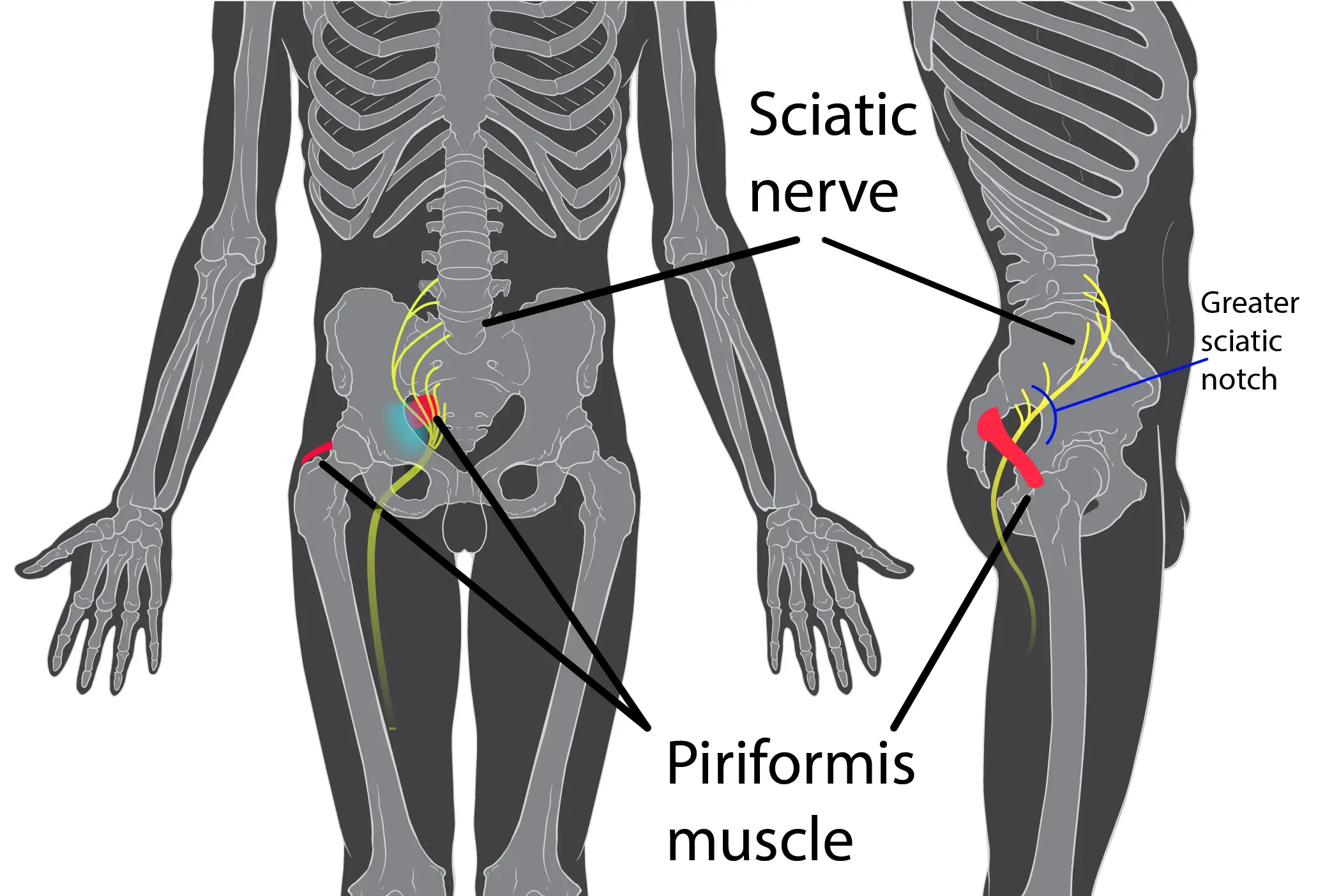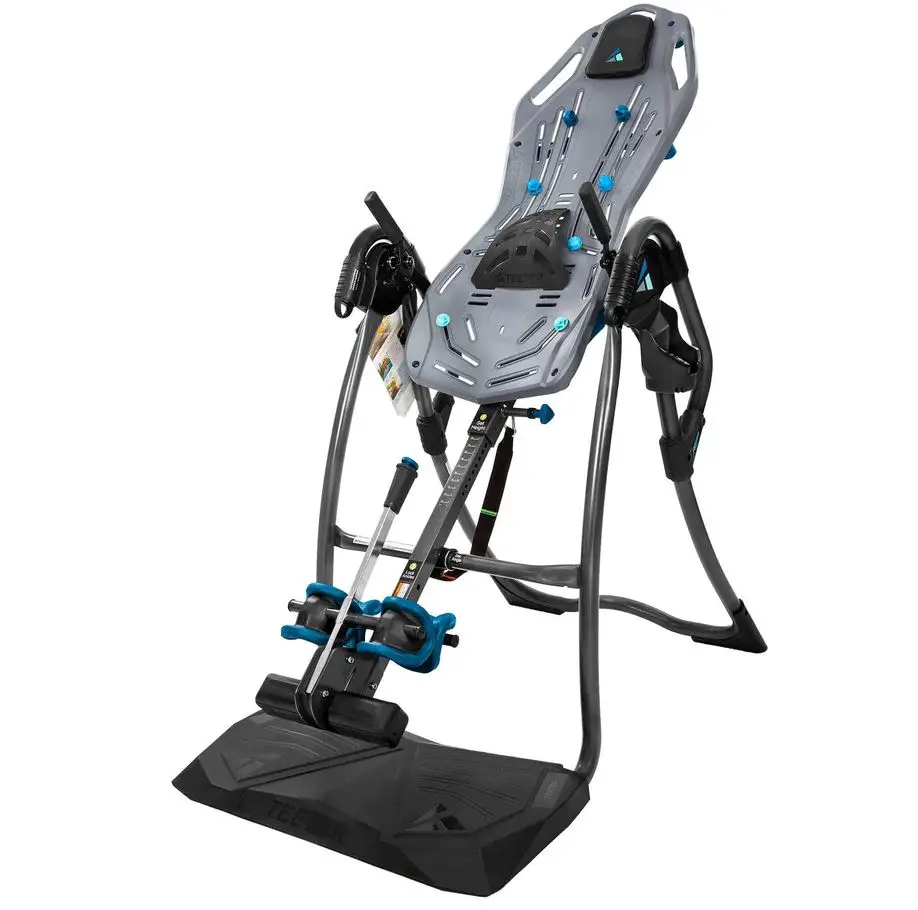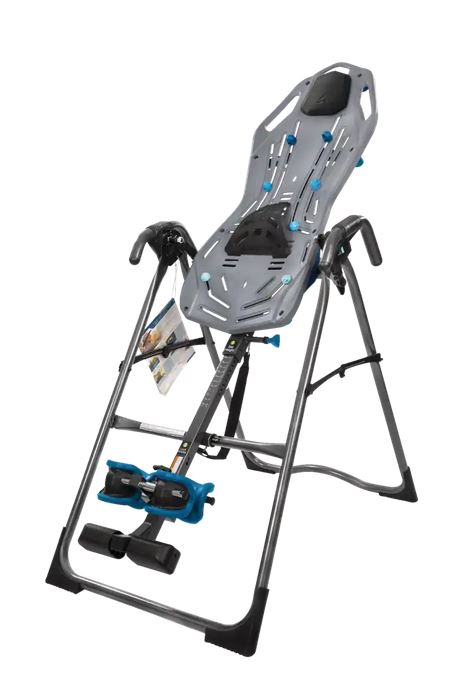Do you suffer from butt aches that become excruciating when you’re sitting? You might have already been diagnosed with sciatica by a wannabe internet doctor. Unfortunately, buttock discomfort usually indicates a much more severe condition than sciatica and leg pain: piriformis syndrome.
Now, if you’ve read our previous article on inversion tables, you must know that the machine is beneficial for reducing back pain. So, can you do away with this lower back and leg pain through inversion therapy, too? Does an inversion table really help piriformis syndrome? Let’s find out!
What is Piriformis Syndrome?
Here’s some background info about the disorder: the human body has a tiny muscle called piriformis located deep inside the buttock. It is crucial to keep your pelvis stable while walking and assist with external hip rotation. Without this tiny muscle, you would be unable to keep your pelvis upright, and your hips would sag to one side on each step you take.
Piriformis syndrome is a rare neuromuscular condition where the sciatica nerve passes by the piriformis muscle, resulting in crippling pain in the buttocks and complete leg numbness.
How Many People Are Diagnosed with Piriformis Syndrome?
According to recent surveys, approximately 2.4 million people develop piriformis syndrome every year. This disorder makes the simplest activities like walking, maintaining balance, and shifting body weight from one foot to another a nightmare for patients.

Reasons for Piriformis Syndrome
Although piriformis syndrome usually arises due to irritation to the sciatic nerve, several other circumstances can also explain this ailment. These reasons include the following:
· Abnormal positioning of the piriformis muscle or sciatic nerve
· Any injury resulting in the piriformis muscle swelling up or scar tissue
· Cramps in the piriformis muscle
· Abnormal spine alignment
· Leg-length mismatch
Will an Inversion Table Help Piriformis Syndrome?
Inversion therapy is a traditional approach to pain relief and an excellent strategy to decompress and lessen stress on the spine. Inversion tables decompress the back muscles and discs, providing a great deal of comfort.
When you hang upside down or at an angle, your spine decompresses, allowing your discs to expand. This practice lowers nerve pressure and enables spinal realignment.
According to scientists, piriformis syndrome accounts for 0.3% to 6% of lower back discomfort and 5% of sciatica cases. Although an inversion table can’t permanently cure this chronic condition, it has proven to reduce these pains substantially.
How Does Inversion Therapy Work?
Inversion therapy relies on the idea of spinal traction and alters the physical dynamics with the help of gravity. When you flip on the table, gravity pulls your spine downwards, squeezing the nerves, discs, and vertebral bodies, thus relieving spinal compression.
Spinal decompression relieves pressure on the nerves and promotes disc healing naturally in herniated and slipped discs. Your spine gets stimulated to align appropriately, leaving enough space between each vertebra for the nerves to flow through.
Many people claim that using an inversion table to stretch their muscles and ligaments, lessen muscle spasms, and increase circulation is very effective. The best thing about using an inversion table is that you don’t have to flip all the way down; inversion tables offer the flexibility of choosing the recline angle at which you are most comfortable.
Does an Inversion Table Really Help Piriformis Syndrome – What do Researches Say?
Scientists conducted a study where 26 patients were divided into two groups of 13 members each. The people in the control group were assigned to receive physiotherapy sessions, while the experimental group received physiotherapy and inversion therapy. The results will shock you! 10 patients (76.9%) in the experimental group had been spared surgery, compared to only two (22.2%) in the control group.
Another study conducted by Newcastle University reveals that inversion therapy is effective in relieving people of sciatic pain caused by a herniated disc, avoiding the need for surgery.
Using an inversion table undoubtedly alleviates the symptoms of piriformis syndrome. However, no one can guarantee its effectiveness since it only serves as a short-term measure to lessen the pain.
Conclusion
Piriformis Syndrome impacts more people than the statistics would reveal. But now you know that you can opt for inversion table therapy as a non-surgical procedure before proceeding with more intrusive and expensive choices like surgery.





